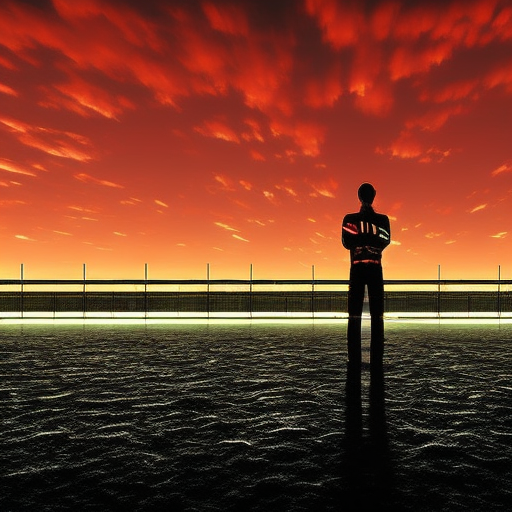Summary:
Science fiction is a genre of speculative fiction that explores imaginative and futuristic concepts, often incorporating elements of science and technology. It encompasses a wide range of themes, including space exploration, time travel, artificial intelligence, and dystopian societies. Science fiction has captivated audiences for decades, offering a unique blend of entertainment and thought-provoking ideas.
Origins and Evolution:
Science fiction has its roots in ancient mythology and folklore, but it emerged as a distinct literary genre in the 19th century. Early works, such as Mary Shelley’s “Frankenstein” and Jules Verne’s “20,000 Leagues Under the Sea,” laid the foundation for the genre’s exploration of scientific and technological advancements. The 20th century saw a proliferation of science fiction literature, with authors like Isaac Asimov, Arthur C. Clarke, and Philip K. Dick pushing the boundaries of the genre.
Themes and Concepts:
Science fiction often delves into futuristic concepts and speculative ideas. It explores the potential consequences of scientific progress, posing ethical and philosophical questions. Themes such as the nature of humanity, the impact of technology on society, and the exploration of the unknown are common in science fiction. The genre also frequently examines the relationship between humans and machines, the possibilities of extraterrestrial life, and the exploration of alternate realities.
Subgenres:
Science fiction encompasses a variety of subgenres, each with its own unique characteristics. Some of the most prominent subgenres include:
- Hard Science Fiction: This subgenre focuses on scientific accuracy and realism. It often incorporates detailed scientific explanations and explores the potential future advancements of technology.
- Space Opera: Space opera emphasizes epic adventures set in space, often featuring interstellar travel, alien civilizations, and grand-scale conflicts.
- Cyberpunk: Cyberpunk is characterized by a dystopian future where advanced technology coexists with a decaying society. It often explores themes of corporate control, artificial intelligence, and the blurring of boundaries between humans and machines.
- Post-Apocalyptic: Post-apocalyptic science fiction is set in a world after a catastrophic event, such as a nuclear war or a pandemic. It examines the struggles of survivors and the challenges of rebuilding society.
- Alternate History: This subgenre imagines a world where historical events unfolded differently. It explores the consequences of these changes and often incorporates elements of time travel.
Influence and Impact:
Science fiction has had a profound influence on popular culture and has shaped our collective imagination. It has inspired countless films, television shows, and video games, becoming a dominant force in the entertainment industry. Science fiction has also influenced scientific research and technological advancements. Concepts and ideas initially explored in science fiction literature have often become a reality, such as space travel, robotics, and virtual reality.
Conclusion:
Science fiction is a versatile and captivating genre that pushes the boundaries of imagination. It explores complex themes and concepts while entertaining and inspiring audiences. From its origins in literature to its influence on popular culture, science fiction continues to captivate and challenge us, offering a glimpse into possible futures and alternative realities.












